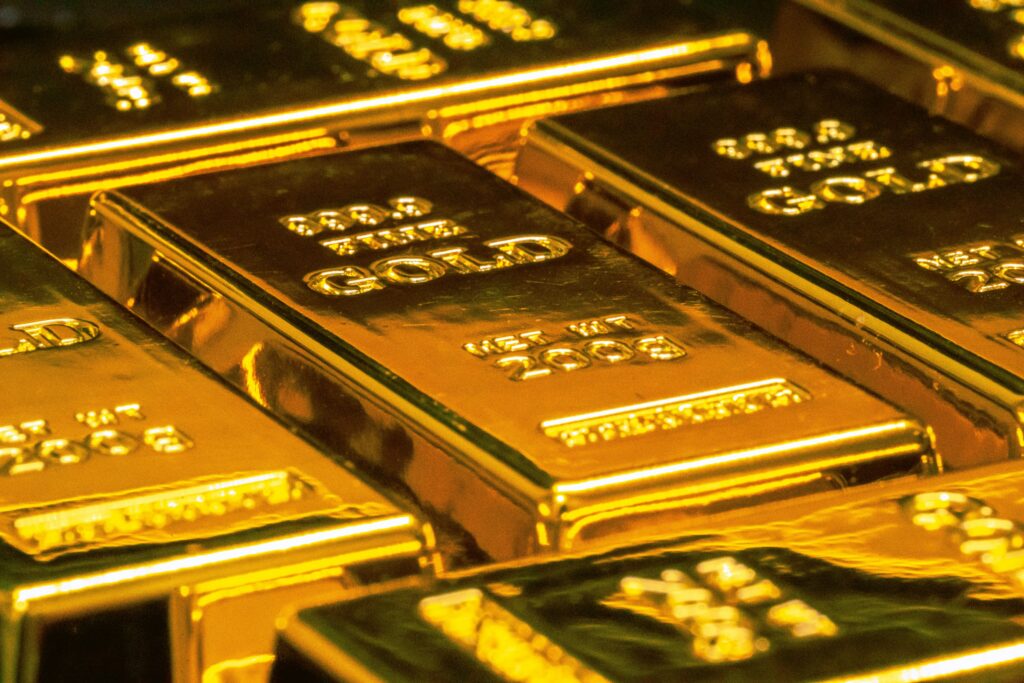Gold’s unprecedented rally has driven prices above $2,870 per ounce, fueled by central bank purchases, inflation concerns, and deglobalisation fears.
Since the start of the year, gold prices have surged nearly 10%, marking the fastest growth since 1980 over the same period.
Investors now question whether this rally signals a new era for gold, as global financial instability pushes demand for safe-haven assets.
Central banks have been major gold buyers, with purchases exceeding 1,000 tonnes for the third consecutive year.
In the fourth quarter of 2024, acquisitions accelerated to 333 tonnes, reflecting rising geopolitical risks and economic uncertainty.
US trade tariffs imposed by Donald Trump on Chinese imports have further fueled demand, prompting China to impose countermeasures.
Analysts at Goldman Sachs expect tariff tensions to escalate, potentially triggering higher levies on Chinese and European imports.
Amid the price surge, traders face delays in withdrawing gold from London vaults, as shipments to the US increase.
The Bank of England, which stores gold for central banks, reported delays of up to four weeks, compared to the usual few days.
Swiss refineries are converting London’s 400-ounce gold bars into smaller kilobars for US buyers, causing temporary supply bottlenecks.
Despite concerns, experts dismiss fears of a gold shortage, stating that logistical reshuffling is causing delays, not a lack of supply.
With ETF flows still muted and retail investor interest low, analysts suggest gold’s rally could continue, with further gains on the horizon.
